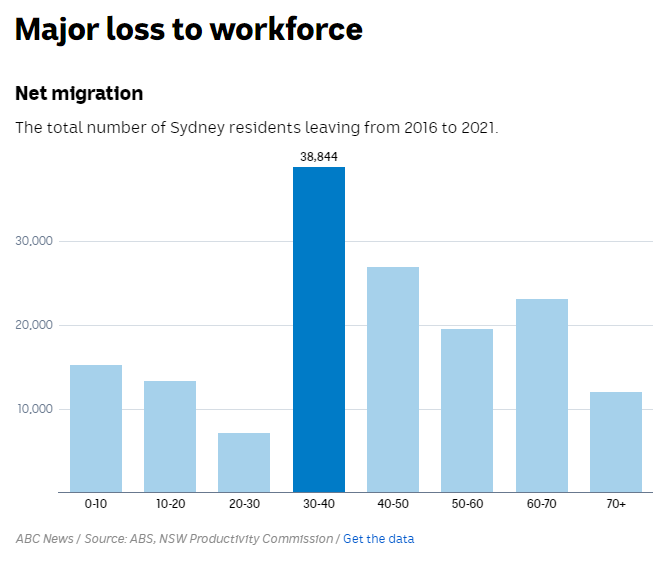A joint budget submission by the McKell Institute and the Society of St Vincent de Paul has called for at least a $1 billion annual budget injection into affordable housing. Otherwise, Sydney risks losing a generation of young people to dysfunction and crime.
The submission warns that the demand for social housing would quadruple in just over a decade and a half, and if nothing is done, parts of New South Wales may resemble a wasteland.
McKell Institute CEO Edward Cavanough told The Daily Telegraph, “If something urgent is not done now, New South Wales will look like a very different society in a decade”.
“We will be seeing widespread, entrenched, generational disadvantage. Kids that could have been economically productive will end up trapped in the justice system”.
“Communities that could have been safe and prosperous will become dangerous and miserable. This is the trajectory we are on without urgent intervention”.
The submission argued that over 35% of NSW renters are experiencing housing stress, with poverty rates rising from 10% to over 20% in only five years.
Their warning follows similar from the NSW Productivity Commission, which last month lamented that young prime-aged families are leaving Sydney in droves.
We can all agree that Sydney’s housing market is a disgrace and has locked the younger generation out.
Sydney rents are easily the most expensive in the nation and have skyrocketed since the international border was reopened to immigration in late 2021:
Sydney’s median house prices is also absurd, clocking in at nearly $1.6 million, according to Domain:
That said, let’s not pretend that Sydney’s housing woes are due to a lack of supply when the Sydney has long been the prime dumping ground for Australia’s mass immigration policy.
On Tuesday, the Australian Bureau of Statistics (ABS) released that Sydney’s population grew by a whopping 146,700 people in the 2022-23 financial year, driven solely by 156,600 net overseas migration:
Over the decade to June 2023, New South Wales’ population expanded by 935,315 people, with net overseas migration accounting for 791,944, or 85% of this growth:
Most of this net overseas migration landed in Sydney, whose population has ballooned by 1.35 million people since 2001, driven almost entirely by net overseas migration:
Clearly, the first and best solution to Sydney’s (and Australia’s) housing crisis is to dramatically slow the flow of immigration to a level that is well below the ability to build homes and infrastructure.
Otherwise, the shortage of homes will continue to worsen, rents will rise, more people will be forced into shared housing or homelessness, and more young families will leave Sydney.
Expanding the social housing stock is a worthwhile ambition. But it will be absolutely futile if the population continues to expand aggressively via net overseas migration.
Taxpayers will simply be left funding the provision of social housing to new migrants.
© 2023 Macro Associates Pty Ltd
02 8005 6525
info@aktengineering.com.au

Recent Comments